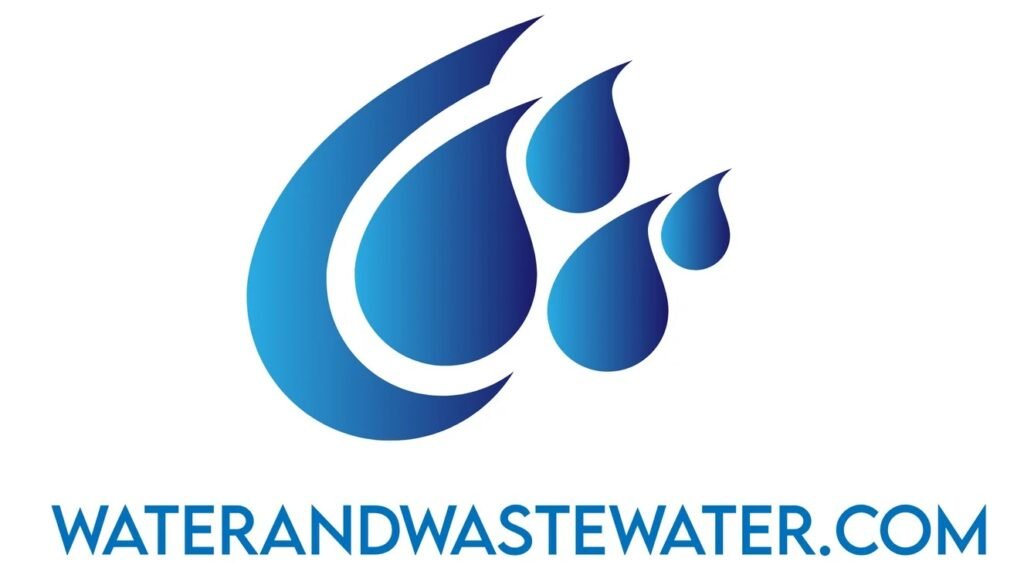Tag: Ultraviolet light
UV and ozone disinfection technologies have made significant strides in recent years. These methods use powerful light or gas to kill harmful microorganisms in air, water, and on surfaces. UV light at specific wavelengths can disrupt the DNA of pathogens, making them unable to reproduce or cause infections. New types of UV light show promise […]
Wastewater treatment is a critical process for maintaining public health and protecting the environment. Among the various methods employed, the use of Amalgam UV systems represents a sophisticated approach that harnesses ultraviolet (UV) light to disinfect water. These systems utilize an amalgam lamp, which is known for its high intensity and efficiency in emitting UV […]
Pulsed UV systems represent a modern approach to wastewater treatment, leveraging the power of ultraviolet (UV) light in short, intense bursts to inactivate microorganisms and break down harmful pollutants. Unlike continuous-wave UV systems, which emit a steady stream of light, pulsed UV systems deliver UV energy in pulses that can be more effective at penetrating […]
In the realm of wastewater treatment, Low Pressure (LP) UV systems present an effective method for disinfecting water. These systems employ ultraviolet light to inactivate harmful microorganisms, including bacteria and viruses, which are often present in untreated wastewater. Unlike chemical disinfection methods, LP UV systems do not introduce any chemicals into the water, making them […]
Light-emitting diode (LED) UV systems are revolutionizing the approach to disinfection in wastewater treatment facilities. By harnessing the power of ultraviolet (UV) light, these systems offer a chemical-free method for effectively inactivating pathogens in wastewater. Compared to traditional UV sources, LEDs operate with greater energy efficiency and possess a longer lifespan, enabling more sustainable and […]
Medium Pressure (MP) UV Systems have become a pivotal component in modern wastewater treatment processes, combining efficacy with sustainability. By utilizing ultraviolet (UV) light to disinfect effluents, these systems inactivate pathogens and microorganisms and help in meeting stringent discharge standards. The strategic use of UV light at medium pressure enhances the efficiency of disinfection while […]
In wastewater management, tertiary treatment represents an advanced stage that follows primary and secondary treatment methods. It is designed to substantially degrade the biological content of the sewage, which is derived from human waste, food waste, soaps, and detergents. Known as the final cleaning process, tertiary treatment improves effluent quality before being released into the […]
